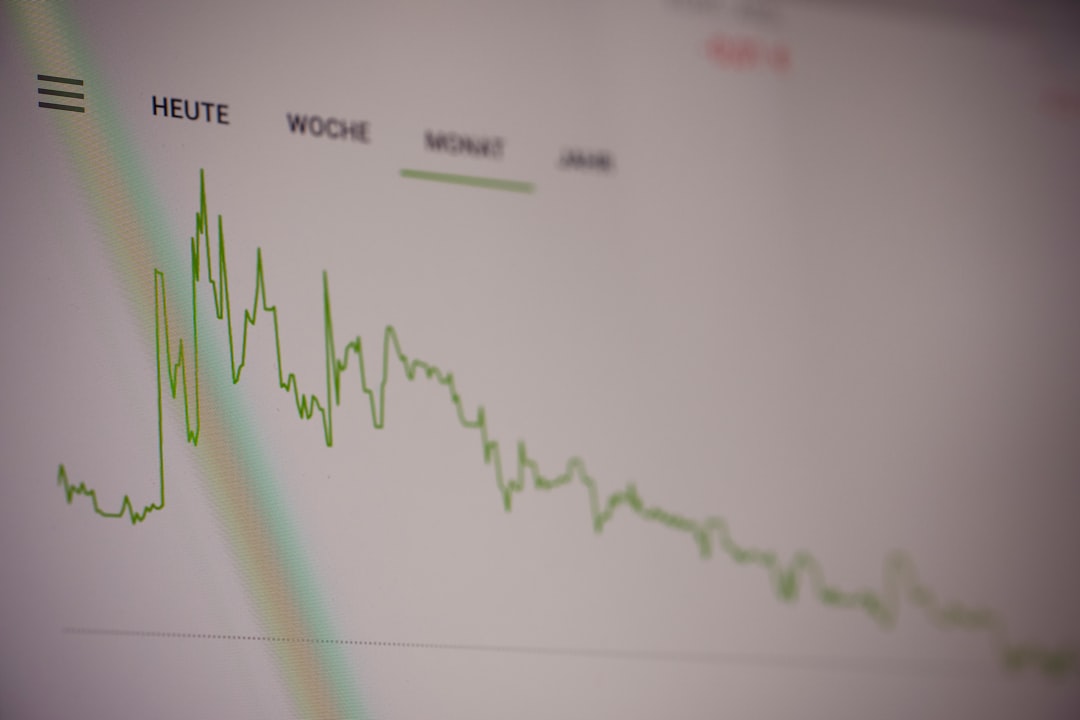
Why Every Business Needs a Cash Flow Projection
A business can be profitable on paper and still go bankrupt. Why? Because cash flow, not net income, keeps your doors open.
Cash pays your salaries. Cash covers rent. Cash buys inventory.
That’s why every successful business leader—from solopreneurs to CFOs—builds and maintains a cash flow projection.

